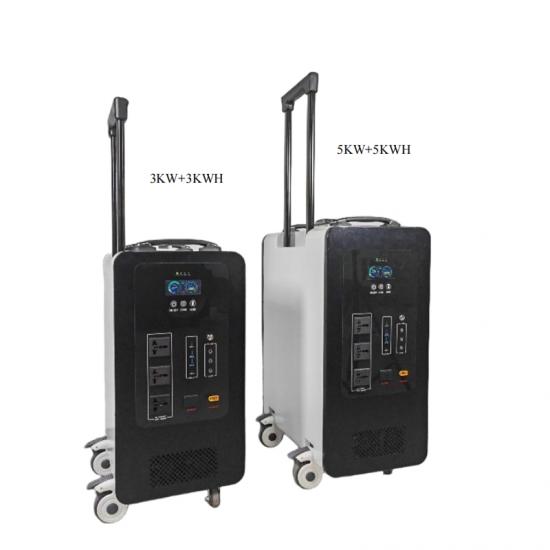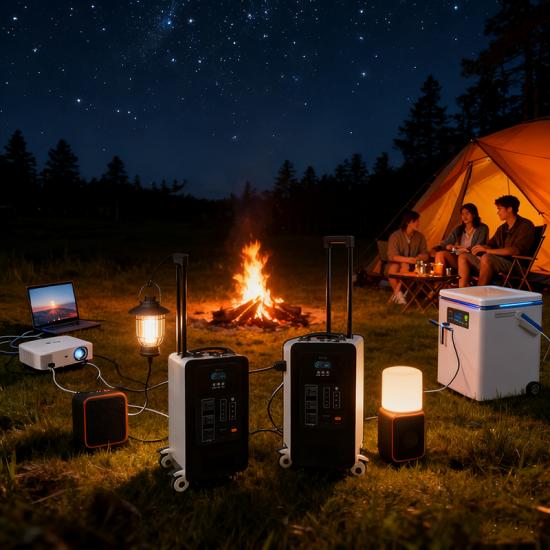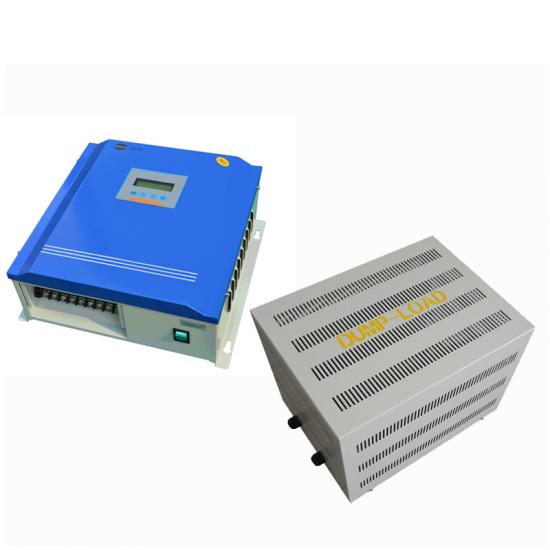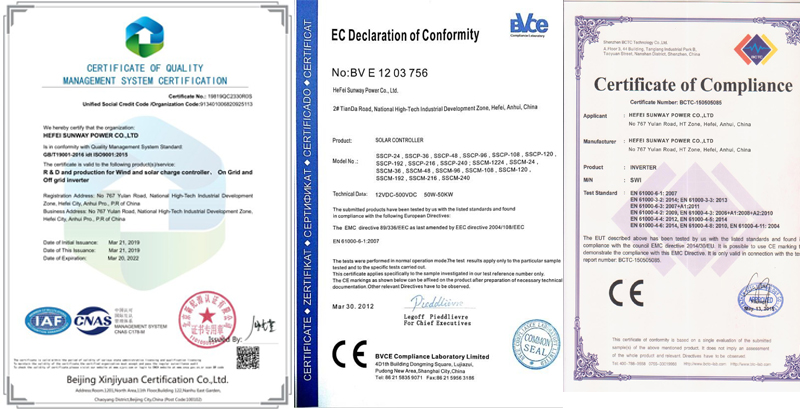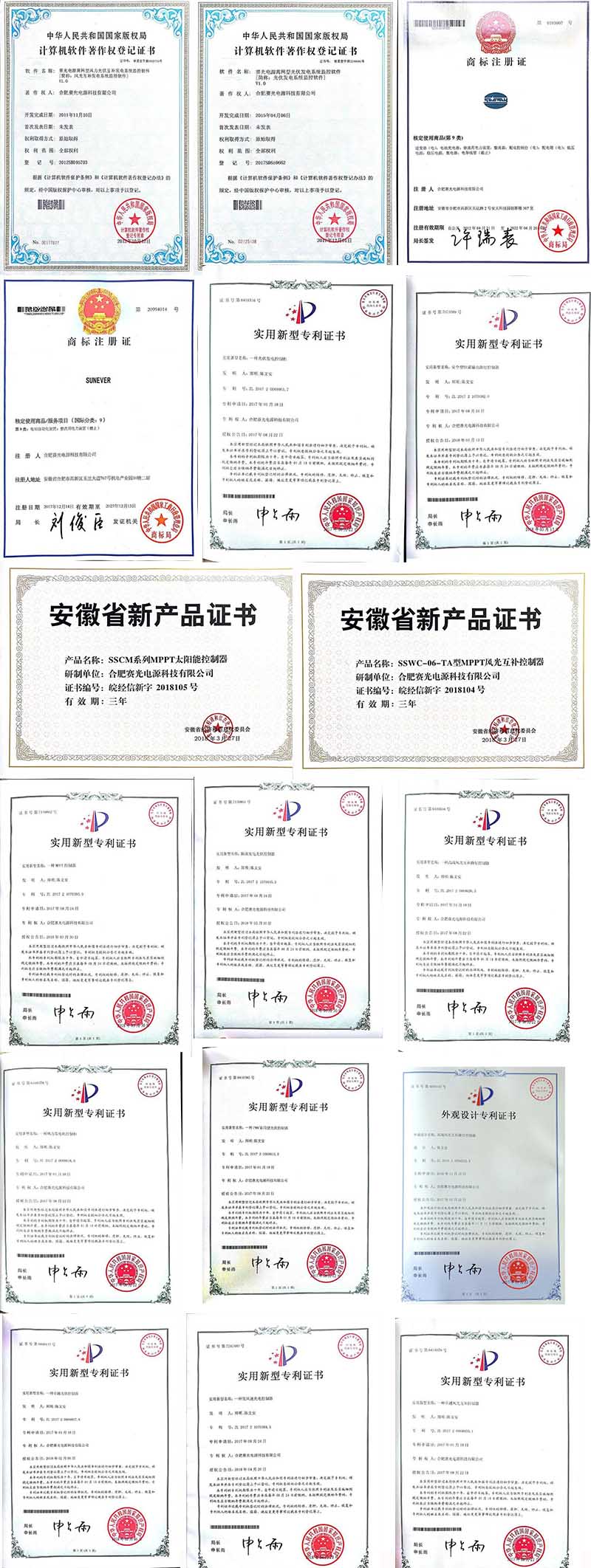Outfitting your home with solar panels is the first step to a lifetime of sustainable energy. But in order to make the most of your sunshine-sourced electricity, you’ll need to figure out how to make your home produce as much energy as possible. Here’s what you need to know about installing solar panels on your home.
Consider Which Direction Your Roof Faces
For example, in Texas, we get plenty more sunny days a year than the national state average. That makes any Lone Star State home a perfect candidate for residential solar power, right? Not necessarily.
If your roof isn’t angled toward the sun, your panels won’t be able to soak up enough light to produce the amount of energy you need to power your home. The best homes for solar power are those with roofs that face south or west. However, depending on the pitch of your roof, solar panels can potentially harness enough energy when installed on east- or north-facing roofs. Check out this handy solar calculator to see if solar will work for your home.
Your Roof Needs to Be in Good Condition
When it comes to harnessing the sun’s energy, the age, shape, and material of your roof matter.
If your roof has seen some wear and needs fixing, or its an older roof that will need to be replaced within the next few years, you may be better off taking care of these repairs before installing solar panels. If you choose to install solar now and make the repairs later, you will need to remove the panels for the repair and then have them reinstalled after.
A solar technician will be able to determine if your roof is structurally sound enough to support the weight of solar panels, or if it will require additional support.
Roof Shape and Material Matters
If you haven’t given much thought to the shape of your roof, we can’t say we blame you. But it will factor into how much sunlight — and therefore energy — you’re able to harness. A standard gable roof is an ideal shape for a solar panel installation because it makes for a relatively simple installation. But there are plenty of other roof types that can also work well with solar panels. During a site visit, installers will take into account the roof shape, shading, and degree of pitch, which together determine how much sunlight your roof is able to effectively absorb.
When it comes to composition, some roof materials are better than others at handling solar panels:
-
Metal (standing seam metal, tin, and corrugated) tends to be easiest material to install solar as it does not require penetration of the roof
-
Composition shingle is also very simple for solar installation
-
Tile roof surfaces depend on the material — concrete tile is straightforward while clay tile is difficult due to its propensity for tile breakage
There Are Various Types of Solar Panels to Choose From
The great thing about outfitting your home with solar panels is that you’re not limited to traditional roof installation. If your roof doesn’t face south or west, ground-mounted panels can be specifically angled to soak up every available ray of sunshine on your property. A solar carport can be an efficient way to harness the sun’s power without using up unnecessary land.
Not only will you generate more electricity than you would on your shaded roof, but you’ll save more money in the long run, too.
Have More Questions About Residential Solar Panel Installation?
Contact us here
You Need an Installer You Can Trust
When you’re hiring someone to complete such a big project on your home, you need to make sure you’re working with a team that’s got a reliable reputation — and the credentials to match.





